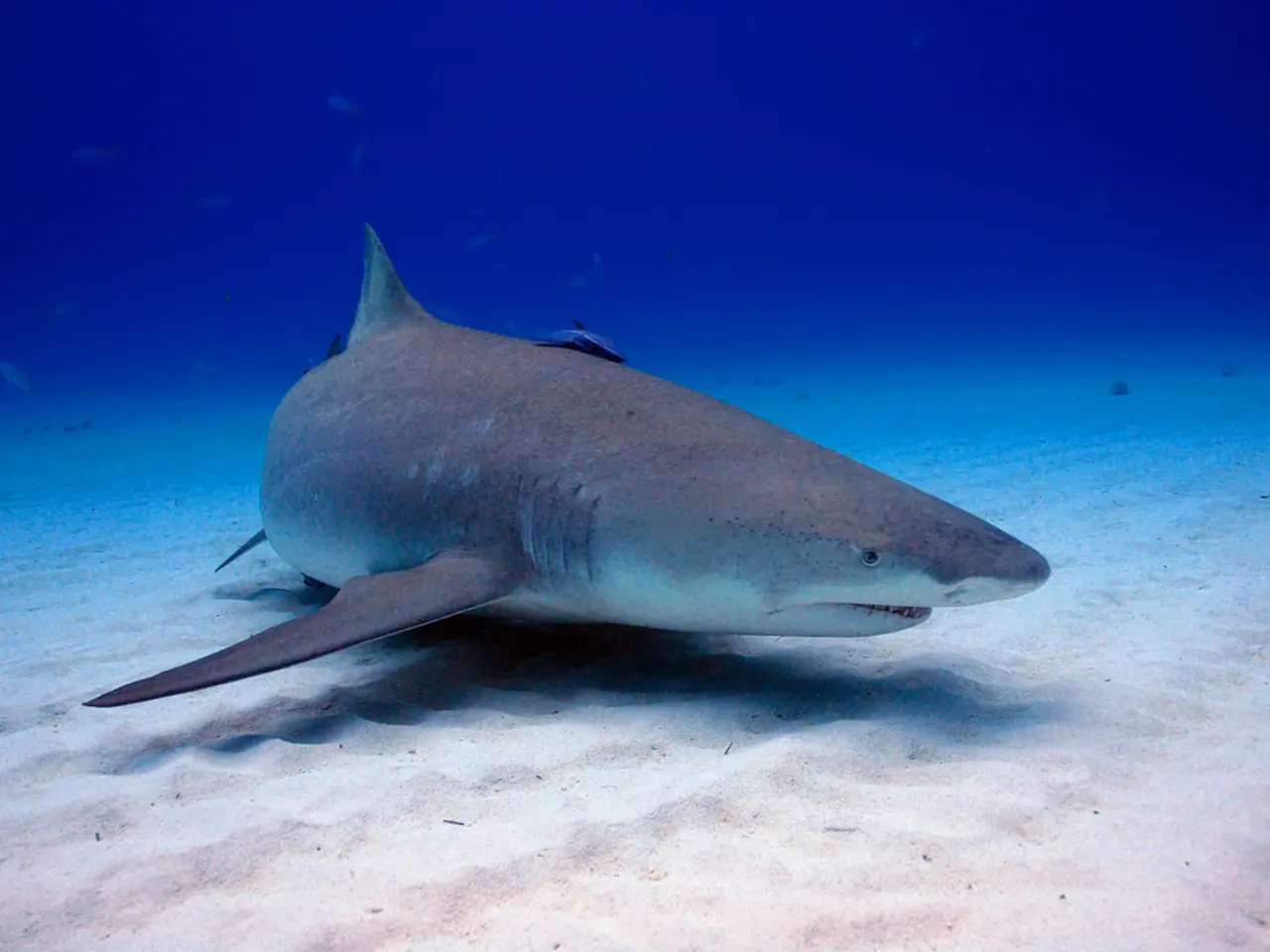Female dolphins have unique reproductive abilities to prevent unwanted pregnancies through their reproductive tracts.
Dolphins and Whales: Unveiling the Complexities of Genital Defense Mechanisms
In the vast oceans, marine mammals like dolphins and whales have evolved unique genital defense mechanisms to exert control over their reproductive processes. These intricate systems serve to resist unwanted insemination and ensure the continuation of their species with suitable mates.
One such example can be seen in the complex vaginal morphology of female dolphins. Their vaginal canals are adorned with elaborate twists and folds, a convoluted anatomy believed to hinder sperm from unwanted males, increasing the chances that only sperm from preferred mates reach the eggs. This labyrinthine environment acts as a form of cryptic female choice, effectively acting as a barrier to coercive or forced mating.
This morphology is part of an evolutionary arms race driven by intense sperm competition. Female dolphins often mate with multiple males, leading to males evolving strategies such as larger testes to produce more sperm. In response, females have developed these morphological traits to influence fertilization outcomes.
In the wild, male dolphins exhibit behavioral adaptations to control mating access. They form alliances to herd and isolate females, restricting their movement until they are sexually receptive, thus increasing their chances of successful fertilization. This social behavior complements the female's anatomical control by limiting mating opportunities for rivals.
Male dolphins can retract their penis inside the genital slit to streamline movement, but during the breeding season, their testes enlarge substantially to increase sperm production and sperm concentration—an adaptation favoring sperm competition rather than direct coercion.
The protected vagina structure in some dolphin species prevents unwanted fertilization by unwanted males. A female dolphin can prevent fertilization by making slight head movements. Dr. Mann suggests that a female dolphin can still have some control over whether or not copulation occurs.
Similar complex vaginal morphologies have been observed in different duck species, suggesting that these mechanisms may be more widespread among marine and aquatic animals. Dr. Orbach from Dalhousie University has noted a significant gap in our understanding of vaginal morphology and has produced silicone-based Cetacea vaginal models to represent different folds and curves. His research continues to shed light on the intricate reproductive strategies of dolphins and their role in species survival.
The study of dolphins highlights the complexity of their reproductive behaviors and the presence of control mechanisms similar to humans. It underscores the evolutionary pressures that have shaped these remarkable animals and the sophisticated systems they have developed to ensure the continuation of their lineage.
References:
[1] Bottlenose dolphin reproduction and mating strategies (Wikipedia, 2025-07-23) [4] Whale sperm competition and reproductive adaptations (Futurismo, 2025-07-31)
In the realm of health-and-wellness and scientific discovery, the intricate genital defense mechanisms of dolphins and whales have drawn interest from experts in fitness-and-exercise, sexual-health, and sports. For instance, the unique vaginal morphology of female dolphins acts as a barrier to coercive or forced mating, revealing a form of cryptic female choice. Similarly, in mixed-martial-arts, strategies and adaptations are employed to gain dominant positions, mirroring the male dolphins' social behavior in limiting mating opportunities for rivals. Additionally, the research on dolphin's reproductive strategies expands our understanding of evolutionary biology, aligning with the human reproductive behaviors and complexities, thus emphasizing the common thread of control and adaptation across diverse species.




